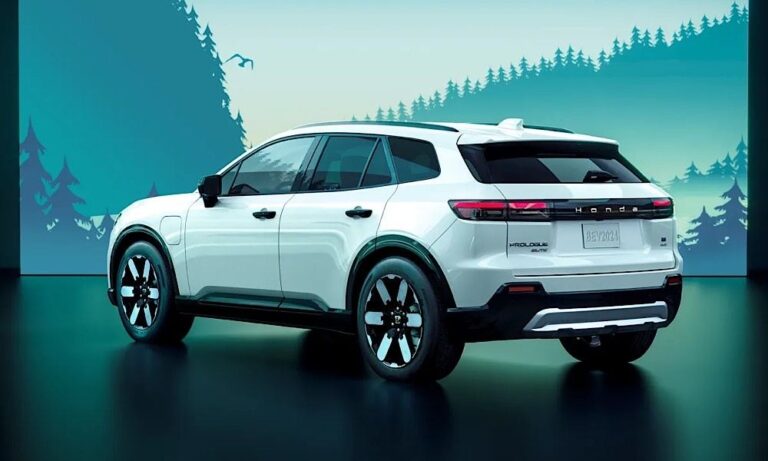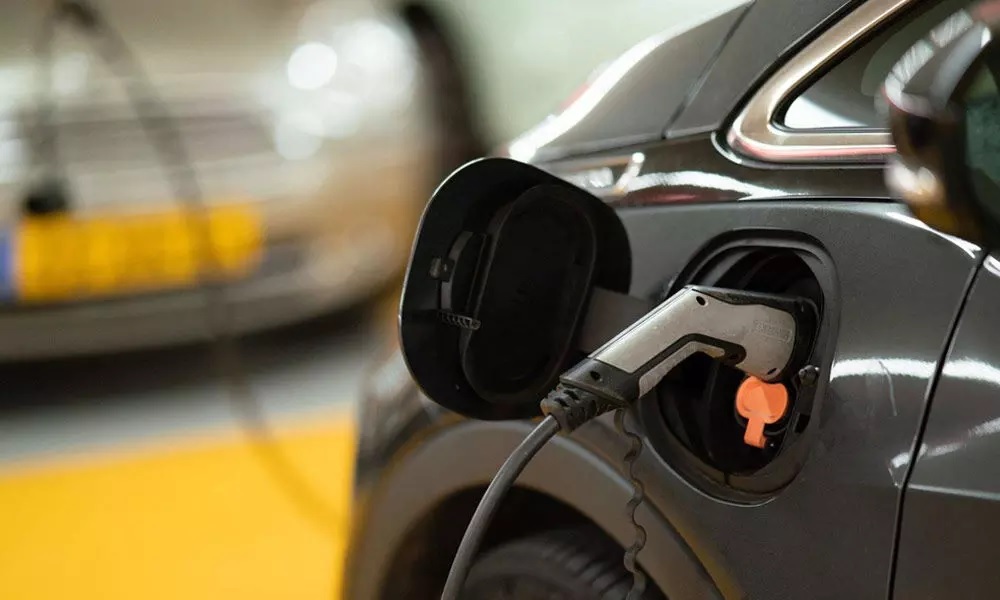Car owners often face a dilemma when their vehicle’s electronic components malfunction: should they opt for a repair or invest in a brand-new replacement? With modern cars becoming increasingly reliant on electronics, the cost of replacing components can be daunting. Two of the most common issues drivers encounter are instrument cluster repair and electronic ignition switch repair. The safety and reliability of repairing these components versus buying new ones is a crucial factor in making an informed decision.
Understanding Car Electronics: Repair vs Replacement
Car electronics have become the nerve centre of modern vehicles. From digital dashboards to electronic ignition systems, these components ensure seamless vehicle operation. However, when they fail, drivers must decide whether to repair or replace them. Let’s explore the pros and cons of each approach and assess their safety.
Why Choose Car Electronics Repair?
1. Cost-Effectiveness
One of the primary reasons drivers opt for repairs instead of replacements is the significant cost difference. Brand-new electronic components, especially those integrated into modern vehicles, can be expensive. A professional instrument cluster repair can cost a fraction of the price of a full replacement while restoring full functionality.
2. Quality of Repairs
Certified automotive technicians use advanced diagnostic tools to identify faults in car electronics and repair them efficiently. A properly conducted electronic ignition switch repair can restore the switch to its original working condition without compromising safety. Reputable repair specialists also use high-quality replacement parts and ensure the fix meets industry standards.
3. Environmental Benefits
Repairing car electronics is an eco-friendly choice. Manufacturing new electronic components consumes resources and contributes to electronic waste. By choosing repairs, car owners reduce their carbon footprint and support sustainability.
4. Retention of Vehicle Originality
Modern cars rely on interconnected electronic modules. Replacing a component can sometimes cause compatibility issues with existing systems, requiring additional programming or adjustments. Repairs, on the other hand, preserve the vehicle’s original settings and ensure seamless operation.
Is Car Electronics Repair Safe?
Safety is a key concern when dealing with car electronics. A professionally repaired component should function just as well as a new one. Here’s why:
1. Professional Repair Standards
Licensed and experienced technicians follow strict industry guidelines when repairing electronic components. Whether it’s an instrument cluster repair or electronic ignition switch repair, specialists use state-of-the-art tools to diagnose and fix issues, ensuring the vehicle remains safe to drive.
2. Testing and Quality Assurance
Before returning the vehicle to the owner, reputable repair shops conduct thorough testing to verify that the repaired component functions correctly. This includes bench testing, real-time diagnostics, and in-car testing to confirm performance and safety.
3. Warranty and Guarantees
Many professional repair services provide warranties on their work, offering peace of mind that the component will continue to function properly. This reassures car owners that repairs are a reliable and safe alternative to new replacements.
4. Compliance with Manufacturer Standards
Car electronics repair specialists often adhere to manufacturer specifications, using original parts or high-quality equivalents. This ensures that safety and performance are maintained, making repairs a trustworthy option.
When Should You Consider Replacing Car Electronics?
While repairs are often the best choice, there are cases where a replacement may be necessary:
- Extensive Damage – If the electronic component has suffered severe damage (e.g., water or fire damage), repair may not be viable.
- Obsolete Components – Older vehicles may have outdated electronics that lack replacement parts, making repairs impractical.
- Recurring Issues – If a component has been repaired multiple times and continues to fail, a replacement might be a more sustainable solution.
Conclusion: Is Repairing Car Electronics Worth It?
For most car owners, getting an instrument cluster repair or an electronic ignition switch repair is a safer and more cost-effective choice than buying a brand-new component. With professional services ensuring high-quality repairs, safety checks, and warranties, drivers can confidently choose repair over replacement in most cases.
By opting for repairs, car owners not only save money but also contribute to environmental sustainability while ensuring their vehicle retains its original functionality. However, it’s essential to choose reputable repair specialists to guarantee quality and safety. Ultimately, a well-repaired car electronic component can perform just as efficiently as a new one, making repairs a smart and safe investment.












